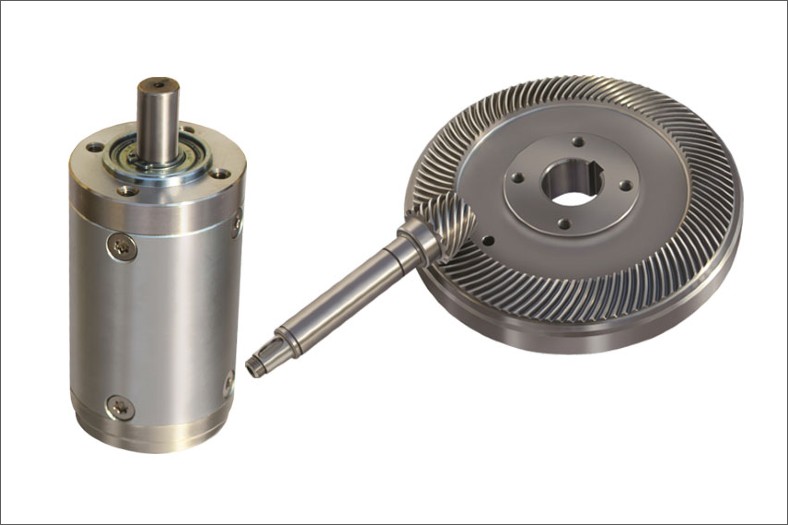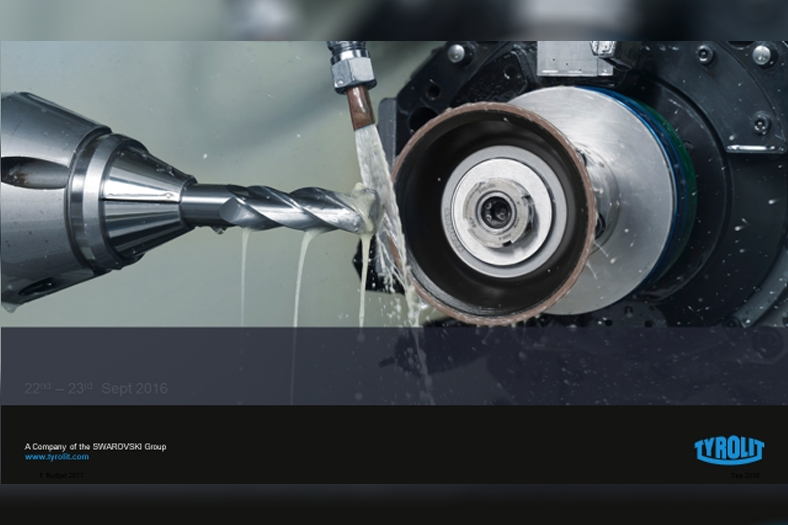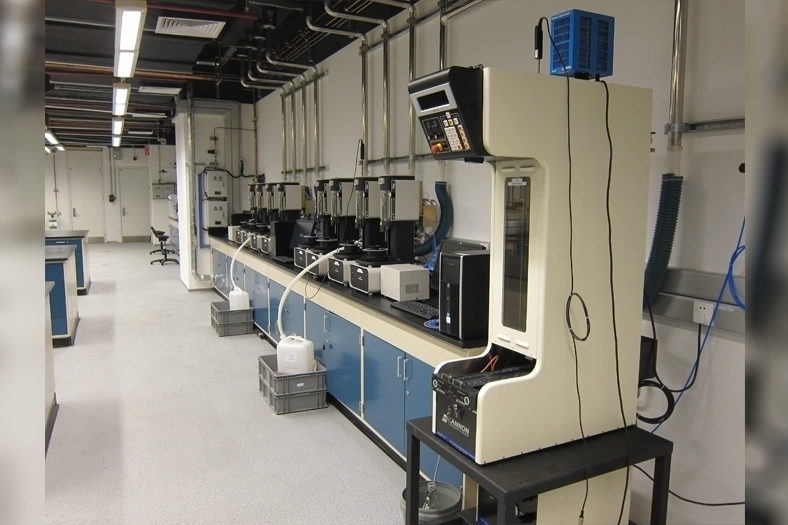Indian Manufacturers Look Can Emulate Asian Rivals
October 14, 2020 12:11 pm
Manufacturing in India is set to rival that of other successful Asian countries over the coming years after recent changes to corporate tax rates.
Traditionally, manufacturing in India has struggled to reach the same levels as that of other Asian countries, but that is set to change according to a number of industry leaders. It comes after the introduction of a lower corporate tax rate, as well as a lower 15% rate on new production units. That is expected to help improve the interest in finished products coming out of India, as well as components.
“It’s a game-changer,” said Sunil Vachani, Chairman of Dixon Technologies told the Times of India. “The measures surely take us on the path to becoming a hub in the area of ICT (information and communications technology) manufacturing. We expect new partnerships coming in for components and ancillaries.”
The move is likely to put India in a place where they can compete with other, more traditional manufacturing bases, such as the thriving China market, Bangladesh, or even South East Asian powerhouse Thailand. The Thai manufacturing economy grew in the first quarter of 2020, despite the situation around the world, cementing its place as a key hub for companies looking to invest. An article by Expatbets discussing why Thailand is so attractive to foreign investors found that it was primarily its strategic location. It is situated on the crossroads of South and East Asia and that has allowed it to become a gateway for many businesses to export from. India has not benefitted from such geographical advantages, but the new reforms will now ensure that companies have more cash in hand for investments, according to Anil Rai Gupta, chairman of Havells group.
Gupta also reinforces the notion that India can now look to compete with rival countries for those investments. “The lower tax rates make manufacturing in India globally competitive and many companies that were looking at Bangladesh and Thailand may now come here. Also, Chinese companies are looking to make more investments abroad. A more competitive India becomes an attractive destination.”
Prime Minister Narendra Modi has targeted manufacturing as one of the key growth areas for the Indian economy over the next two years. The ‘Make in India’ initiative aims to create 100 million new jobs in the sector by 2022, helping to drive the Indian economy forward, not just domestically, but in the wider world market too. It has thus far been a success; as recently as May 2020, Sterling and Wilson Solar Limited secured an EPC contract in Australia for Rs 2,600 crore (US$ 368.85 million). Earlier in the year, Oricon Enterprises entered a joint venture with Tecnocap Group of Italy to set up a new company, Tecnocap Oriental, for manufacturing lug caps in India.
Those are two early deals which suggest the new reforms can act as a catalyst for the Make in India project to become a success, both for Mr Modi personally and for the Indian economy going forward.
If you found this article interesting, you might also like our piece on how digitalization can help make Indian cities globally competitive.
Cookie Consent
We use cookies to personalize your experience. By continuing to visit this website you agree to our Terms & Conditions, Privacy Policy and Cookie Policy.



















 English
English Hindi
Hindi